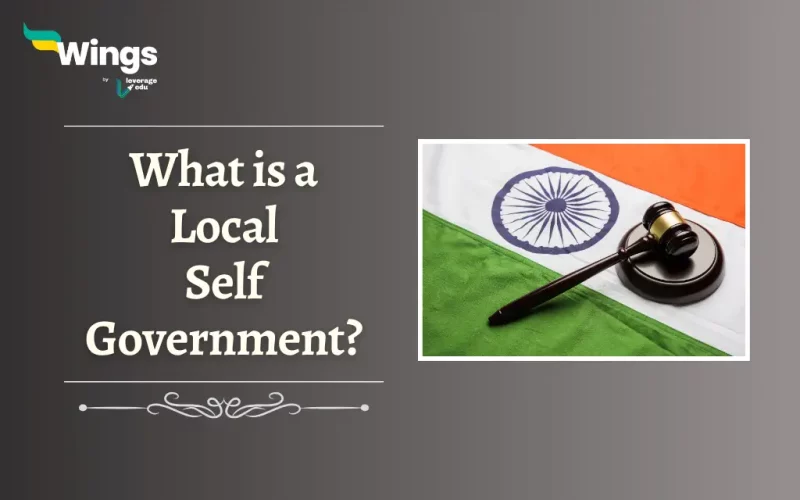The governing structure of India has three tiers, Central, State and Local government bodies. However, the Local self-government carries out governance at grassroots levels and overlooks local affairs. Furthermore, this governing authority caters to those at the bottom of the political administration as well as the governance chain. Moreover, citizens living in rural areas vote and elect local councils, hence authorizing them to solve the most pressing issues of their village. Read this blog to learn in detail about what is local self government!
Governing Structure
Local Self Governing bodies are present in both urban and rural areas.
- The governing bodies in rural areas include Panchayat Samitis, Zila Parishad, as well as Gram Panchayats.
- Amongst these, Zila Parishad stands at the top-most level and is constituted of a Panchayat Samiti.
- The Panchayat Samitis, also known as Block Councils, are again constituted of Gram Panchayats.
The governing bodies in Urban areas include Municipalities, Municipal Corporations, as well as Nagar Panchayats. While a municipal corporation has more than a million population, a population that comes under Municipalities is less than a million.
Also Read: Devolution of Powers and Finances up to Local Levels
Functions of Local Self-Government
A Local Self Government body focuses on infrastructure development, economic development, and promoting social justice in the local community. In addition, here are some of the important functions of Local Government in India:
- To create awareness about education.
- Develop infrastructure like schools, transport, health facilities, etc.
- Local Government also promotes agricultural development by implementing various Government schemes.
- They also promote small-scale industries in the rural areas.
Also Read: Father of Local Self Government in India: Lord Ripon
Quiz
Results
#1. What are the functions of Local Self Government?
#2. What comes under rural government body?
#3. What does the governing bodies in Urban areas include?
Related Blogs
Lastly, we hope you liked our blog and gained an understanding of what is local self government. Moreover, you may even read more blogs and empower yourself with knowledge regarding Civics and Polity!
 One app for all your study abroad needs
One app for all your study abroad needs
















